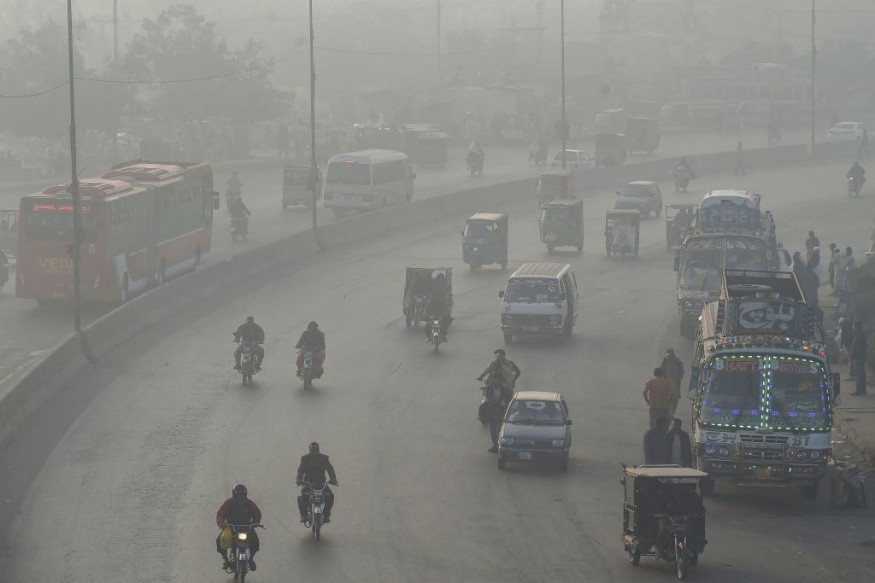Air pollution is one of the greatest industrial challenges facing the modern world, which affects not only the environment but also the health of people.
The major source of these pollutants are human activities, specifically the burning of fossil fuels and car emissions.
In recent years, there has been growing evidence linking the pollution to health ailments, including stroke, respiratory problems, and lung cancer.
However, the biological mechanisms behind it have left scientists scratching their heads.
In the case of lung cancer, the development of malignant tumors in the organ had always been associated with smoking, which contains the dangerous chemical called nicotine and other toxic substances.
It is for this reason that non-smokers were perceived to being spared from the deadly health condition.
Now, scientists are claiming that they have likely solved the mystery of how air pollution causes lung cancer for non-smokers.
In an unpublished research, the scientific team have identified the mechanism in which toxic air particles are triggering the cancer.
If officially proven, the discovery will be the first of its kind and can serve as a basis of future studies towards lung cancer prevention.
Air Pollution and Lung Cancer

Charles Swanton of the Francis Crick Institute in the United Kingdom presented the research during the annual conference in Paris by the European Society for Medical Oncology.
According to Swanton, air pollution has long been thought to be connected to higher risk of lung cancer development for non-smokers, yet they do not really know if the pollution directly triggers lung cancer, as cited by Science Alert.
Swanton's study proposes a different model from the conventional notion that DNA mutations from cancer are caused by exposure to environmental carcinogens, including those coming from smoking or pollution.
Swanton and his team at the UK institute analyzed health data consisting of over 460,000 people in England, South Korea, and Taiwan.
The analysis yielded lung cancer development for non-smokers was a result of exposure to fine particles or particulate matter 2.5 (PM2.5), which causes increased mutation risks in the epidermal growth factor receptor (EGFR) gene, as well as in the KRAS gene.
Ambient Air Pollution
By reducing ambient air pollution or outdoor air pollution, countries can also mitigate the burden of various diseases like lung cancer, stroke, heart disease, asthma, and other chronic and acute respiratory illnesses, the World Health Organization (WHO) said.
The WHO also stated that lowering the levels of air pollution could yield to increased cardiovascular health and respiratory health for the population, either in a short-term and long-term period.
How Common is Lung Cancer?
Lung cancer is responsible for the deaths of hundreds of thousands of people worldwide each year.
According to the American Cancer Society (ACS), lung cancer is the "second most common" type of cancer, and it affects both men and women.
It is primarily seen amongst older people aged 65 or older and rarely observed for people under the age of 45.
In the United States, the ACS estimates that 236,740 new cases of lung cancer were recorded so far in 2022; among these figures include 117,910 men and 118,380 women.
In terms of fatalities, there were about 130,180 cases of related deaths, including 68,820 men and 61,360 women.
© 2025 NatureWorldNews.com All rights reserved. Do not reproduce without permission.





